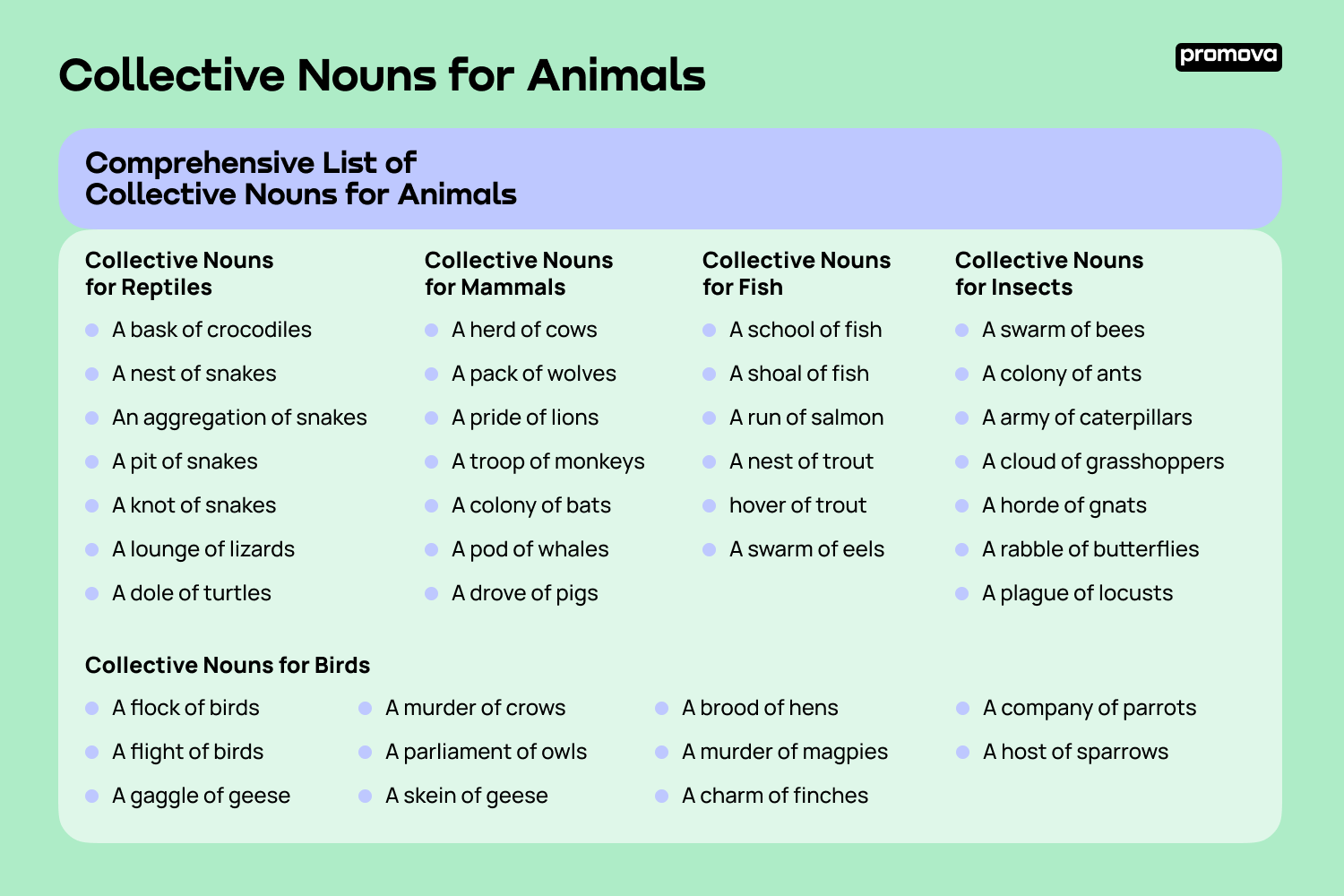Animals are a diverse group of living organisms that inhabit our planet. They come in all shapes, sizes, and habitats, making the animal kingdom a fascinating subject of study. One interesting aspect of animals is the concept of a collection of animals called. Let’s delve into this topic further!
When we think of animals, we often think of individual species such as lions, tigers, and bears. However, there are also terms to describe groups of animals. These collective nouns are used to refer to a specific grouping of animals, whether they are in the wild or in captivity. It adds a fun and unique element to our understanding of the animal world.
Collection of Animals Called
One of the most well-known examples of a collection of animals called is a “pride” of lions. This term is used to describe a group of lions that live and hunt together. Other examples include a “herd” of elephants, a “pack” of wolves, and a “school” of fish. These collective nouns not only give us insight into how animals interact with each other but also provide a glimpse into their social structures.
Some collective nouns for animals are based on the specific behavior or characteristics of the species. For instance, a group of crows is called a “murder,” a group of geese is called a “gaggle,” and a group of owls is called a “parliament.” These terms add an element of whimsy and creativity to our understanding of animal groups.
It’s important to note that the use of collective nouns for animals is not just limited to land-dwelling creatures. In the ocean, a group of dolphins is called a “pod,” a group of whales is called a “pod” or a “gam,” and a group of jellyfish is called a “smack.” These terms help us visualize how marine animals interact and move together in their natural habitats.
In conclusion, the concept of a collection of animals called adds a layer of intrigue and fascination to our study of the animal kingdom. Whether it’s a “pride” of lions on the savanna or a “pod” of dolphins in the ocean, these collective nouns help us appreciate the diversity and complexity of the animal world. So, the next time you encounter a group of animals, remember to use the appropriate collective noun to describe them!
